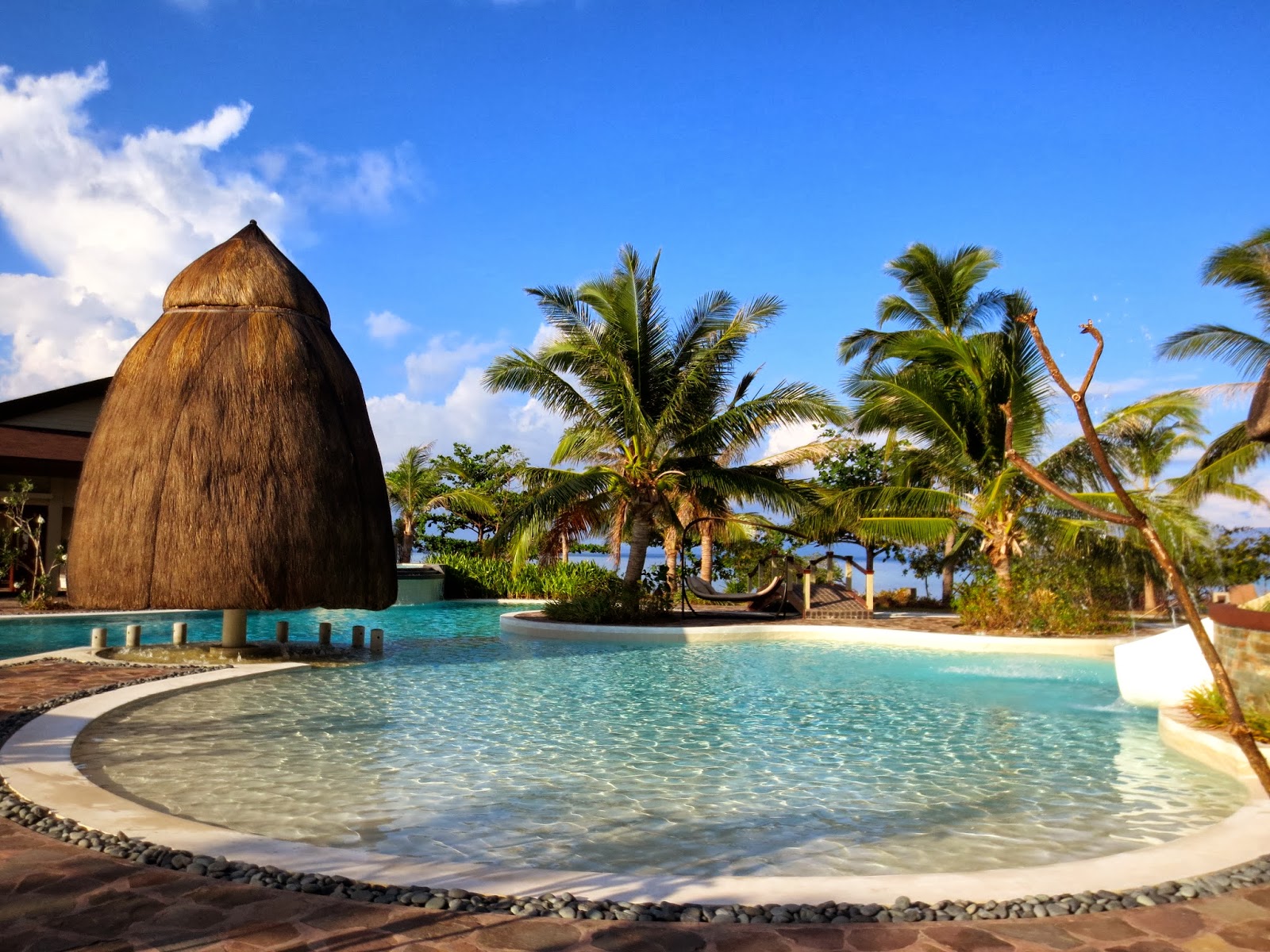Culion island was hit pretty hard by typhoon Yolanda and as we pulled into the Bay we saw many homes that had been devastated and were in the process of being rebuilt.
One of the highlights of Culion island is that it used to be a leper colony, there was a leper museum located next to the hospital which we visited and it ended up being a major highlight of the trip. Especially for Chirstine and I with our medical backgrounds!
The testing that was performed on patients at Culion was instrumental in finding a cure. Although many patients underwent all kinds of treatment tests, not all were successful and many very painful.
In 1906, the Culion Leper Colony was founded and a “Segregation Law on Leprosy” was passed authorizing the systematic collection and forced segregation of all persons afflicted with leprosy. The bulk of the colony residents were Filipino, but American, Chinese and Japanese patients were also interned there. At one time, Culion became the largest leper colony in the world with over 16,000 patients. Because of this, the island also attracted many doctors and specialists eager to find a cure to the disease.
The colony was run by a French order of nurse nuns and later the Jesuits, so the rules governing the colony were fairly strict. In fact, marriage was forbidden among the inhabitants. But life managed to find a way, and in one year 142 babies were born.
On the walls of the museum are dozens of old black and white photos documenting events on the island and the lives of the patients as well as the doctors who came to study the disease. Culion even had its own separate currency, since people believed leprosy was highly contagious.
A chart that listed the number of patients year by year.
At the time, the world still thought that leprosy was highly contagious. So parents were only able to keep their children for 6 months, then they were removed to a hospital ward to be raised by nurses until it was determined whether or not the children were afflicted with the disease. During this time, the parents could only visit their children once a week and view them through a window – no touching allowed. At the age of 6 the children were tested for signs of leprosy. If there were positive signs, the children were placed back with their parents. If not, the children were permanently relocated to an orphanage called Welfareville in Manila, never to see their parents again. I can't even imagine what that must have been like...
I was fascinated by the display of all the old equipment used in the hospital--medical equipment, typewrtiers, cameras...
In the mid-1980s, they discovered a treatment called Multiple Drug Therapy (MDT) that could actually retract the disease. If the patient was found to be lesion-free for 2 years, they were allowed to leave the colony and receive out-patient care.
We now know that leprosy isn’t hereditary and not easily communicable. In fact, less than 10% of the world’s population is even capable of acquiring the disease. Those that did get leprosy may have had a predisposition that was exacerbated by malnutrition and unsanitary conditions. In 1999, the World Health Organization declared leprosy eliminated in Culion with less than 1 in 10,000 cases found.




























